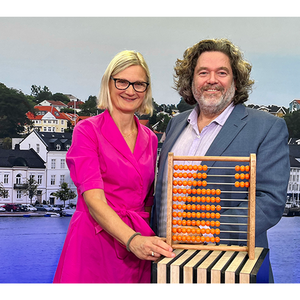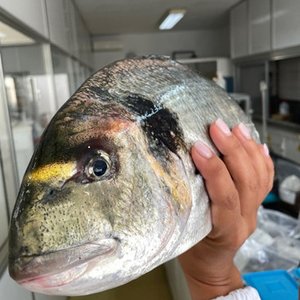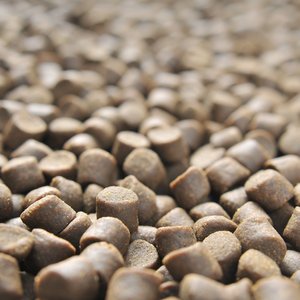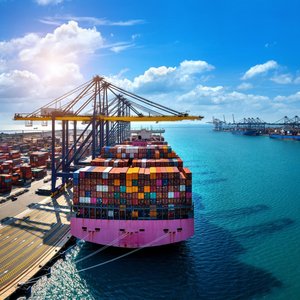The Norwegian Food Safety Authority reported large variations in the nutrient content of fish feed in its annual report from its fish feed monitoring program. Fish feed samples are analyzed by the Norwegian Institute of Marine Research for a number of unwanted and prohibited substances, bacteria, additives and nutrients.
“What is new this year is that we have investigated nutrients in different types of feed for different life stages,” said Veronika Sele, researcher at the Institute of Marine Research. Previously, researchers did not distinguish between the different stages but those feeds often have different raw materials.
Researchers found a relatively large variation in the amount of certain vitamins and minerals between different types of fish feed, but also between feed of the same type. “This is perhaps not entirely unexpected since we receive feed from different factories that like to prepare feed to suit different conditions. Nevertheless, it is somewhat surprising that there is a large spread in the concentrations of some minerals and vitamins also within the different types of feed,” Sele said.
Several feeds had concentrations of zinc, selenium and molybdenum above what is permitted for additives. Researchers also found high levels of vitamins E and C in some feeds. For vitamin B, some feeds were below the requirement, while other feeds had levels quite far above the requirement estimates.
Little unwanted substances in fish feed
For some environmental toxins, such as metal, dioxin and PCB, that Norway and the EU have set limit values, there were no severe findings or notable changes from previous years.
For unwanted substances where limit values for fish feed have not yet been seen, such as various pesticides, fungicides and PFAS, the level remained the same as in previous years.
Reference:
Veronika Sele and others. Fish feed monitoring program — Annual report for samples collected in 2022. Report from the marine research 2023-36.













